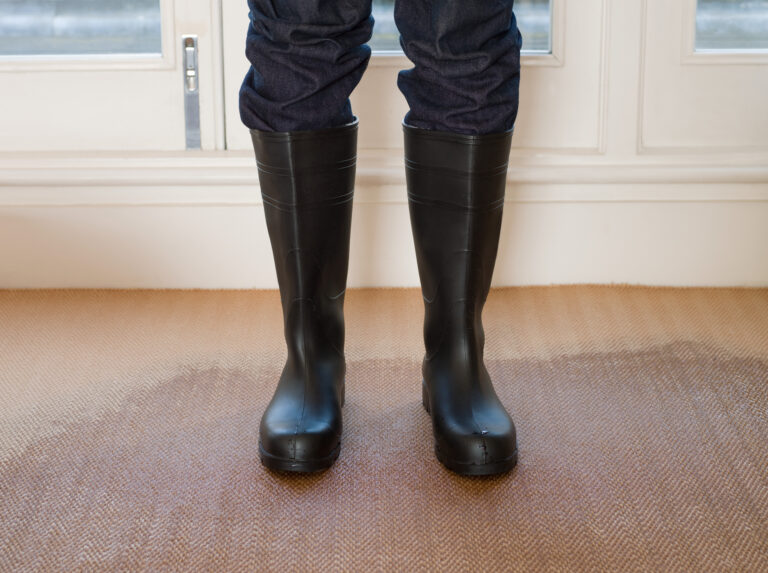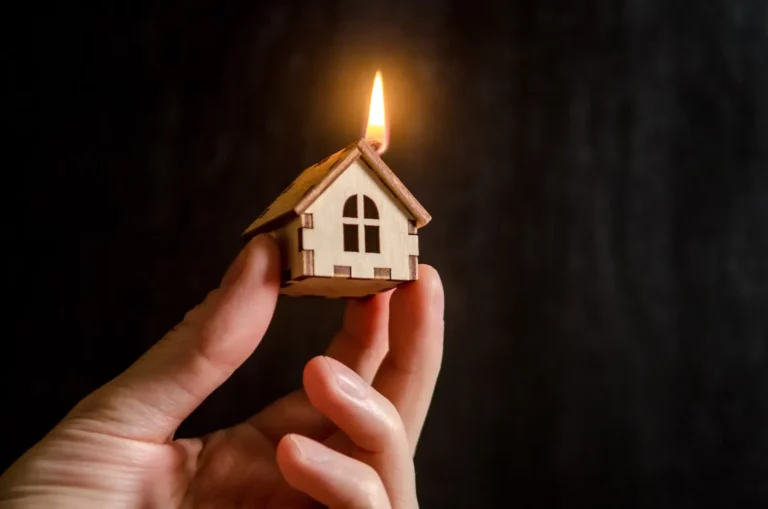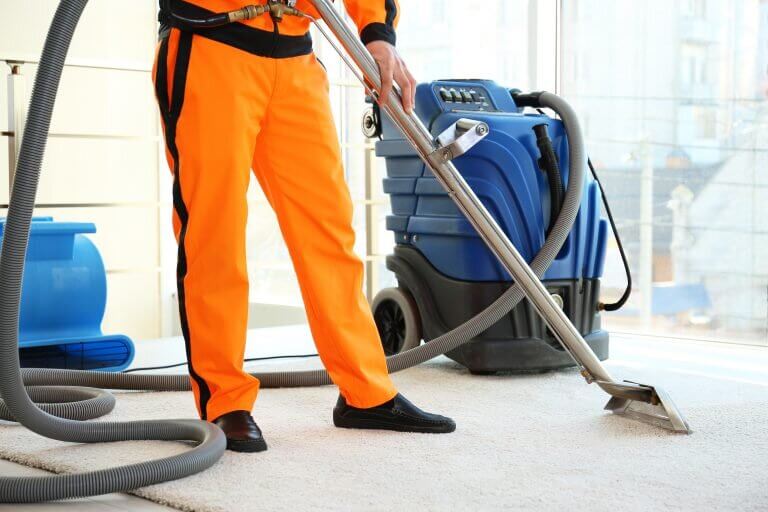If your flood damage is minor and from a clean water source, you may be able to. Let’s assess the damage and see if this may be possible.
Before anything else, ensure your safety and that of anyone else on the property. You may have to isolate all water and electrical supplies. Ensure your safety before continuing.
Step 1
Category – Assess the potential contamination
The first thing to consider is the origin of the liquid that has flooded. IICRC (Institute of Inspection Cleaning and Restoration Certification) standards for water remediation categorise floods into three main categories. Based on the level of contamination, the potential for biological damage and harm to people or property.
Category 1 – water is generally clean, sanitary, and safe for consumption.
Example; Burst pipe (freshwater) or split hot water cylinder.
Category 2 – microorganism level in the water is too high. It has the potential to cause sickness if someone were to ingest or get in contact with it.
Example; Dishwasher flood or water that has been in situ for longer than 72 hrs.
Category 3 – water is severely contaminated and contains toxins and pathogens, which could be fatal.
Example; Sewerage backflow or water that has been in situ for longer than five days



Based on the above, we recommend that you contact a professional if it exceeds category 1. See our flood page for more info on categorising and the resulting actions we take.
Classification – Assess the magnitude of damage
The second determination is the classification of the flood. You will need to calculate the affected area/s and materials. Did the flood come from a second floor and through a lower floor ceiling? Did it flow from one area through walls and into multiple rooms? Is it vinyl, timber, or carpeted floors?
Class 1 – Limited water intrusion in a room with minimal damage. The room is only partially affected by water or a room with little or no carpet. No wicking up the wall is present.
Class 2 – Water has spread throughout a room and has wicked up the walls less than 600mm. Water has absorbed into construction materials such as particleboard flooring and framing timber etc.
Class 3 – Water has intruded in walls, ceiling, structural members, floor coverings, sub-floor. Often the cause of the flooding has come from overhead. Wall wicking above 600mm. May require speciality equipment.
Class 4 – Water is bound in the material or is inaccessible to conventional air movers. Advanced techniques and specialised equipment are required, as well as extended drying periods. Examples of bound water include water-soaked floor planks, particleboard. Inaccessible areas include the cavities beneath and behind cabinets, inside of walls and crawlspace, etc.



Based on classifications, professional flooding repair should be undertaken if your water damage exceeds class 1.
Step 2
At this point, if you have determined that you can handle this water damage repair in a DIY manner, you will need a carpet extractor, a decent-sized commercial dehumidifier (LGR is best), and air movers for drying the flooded carpet. Be careful not to take too long as microbial growth, mould, and bacteria can begin within 48 hours.
If you have carpet, you will need to extract as much of the liquid as possible. When light enough to lift off the smooth edge (the nail strip that holds the carpet in place). You will want to position an air mover underneath the carpet and underlay to ensure the flooring and carpet get warm, dry air.
If you have positioned the drying system well and have extracted the liquid well, you should see results within 2-3 days. Without using a moisture meter to determine that the wet materials have dried to the correct level, you will only be guessing if it has dried. We would recommend you use a flood restoration company to check that there is no excessive moisture remaining.


Final Consideration
The ultimate consideration for your property is whether the cost to repair the damage the potential for rot, mould, bacteria and degraded building materials. Issues can show up 48 hours to years after a poorly executed water damage repair. In the best-case scenario, you will require a chem clean to remove biological issues. Or your floors and carpets will need to be replaced at your expense. Insurance providers will not cover a slow and gradual degradation.



For professional flood restoration service, contact us today.



